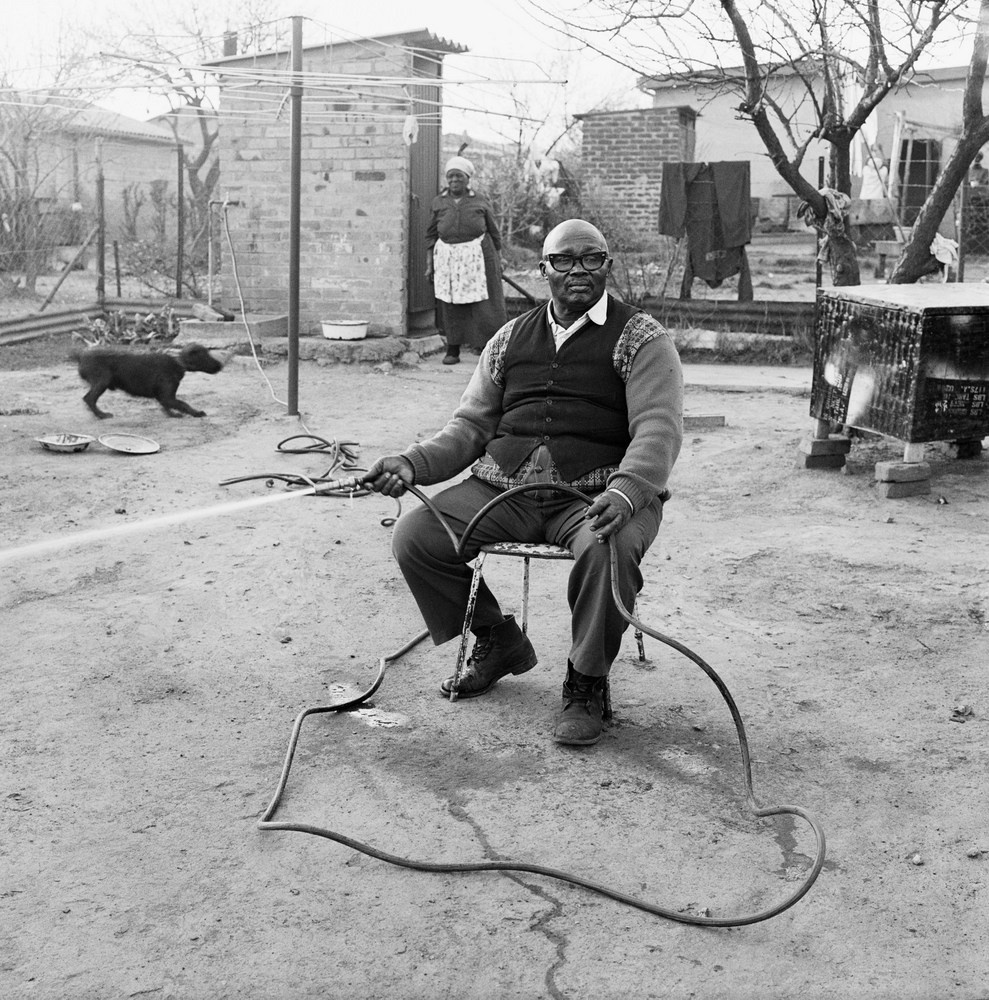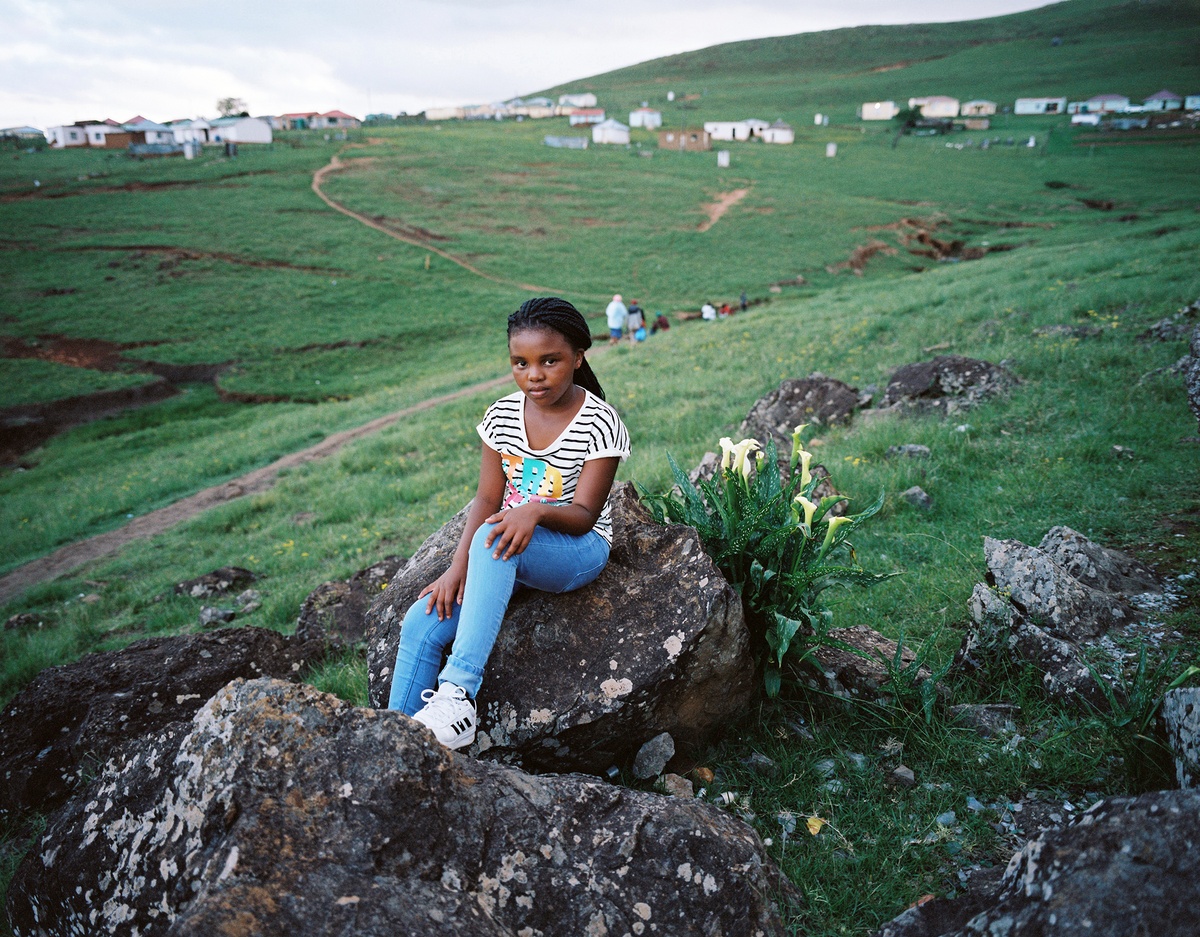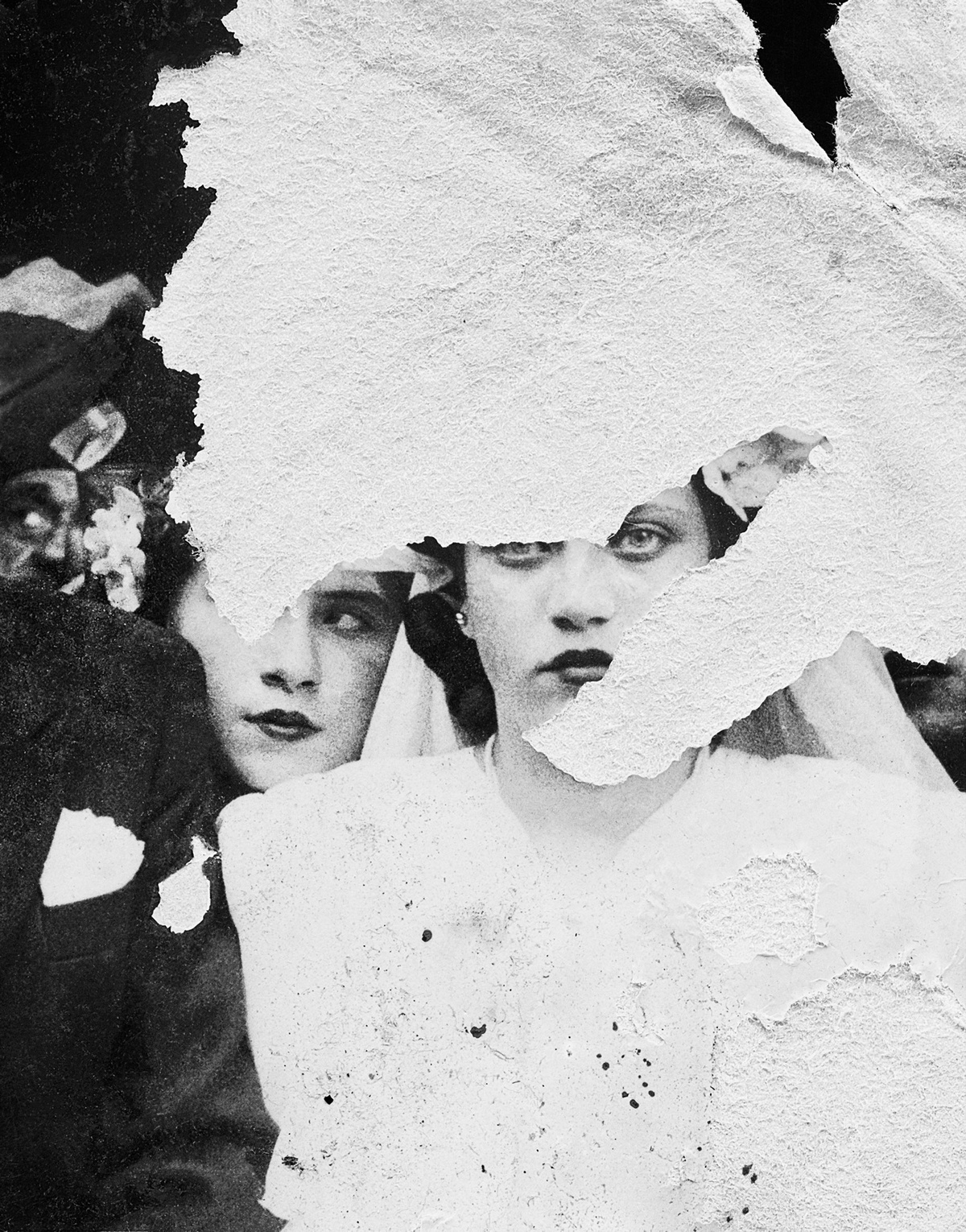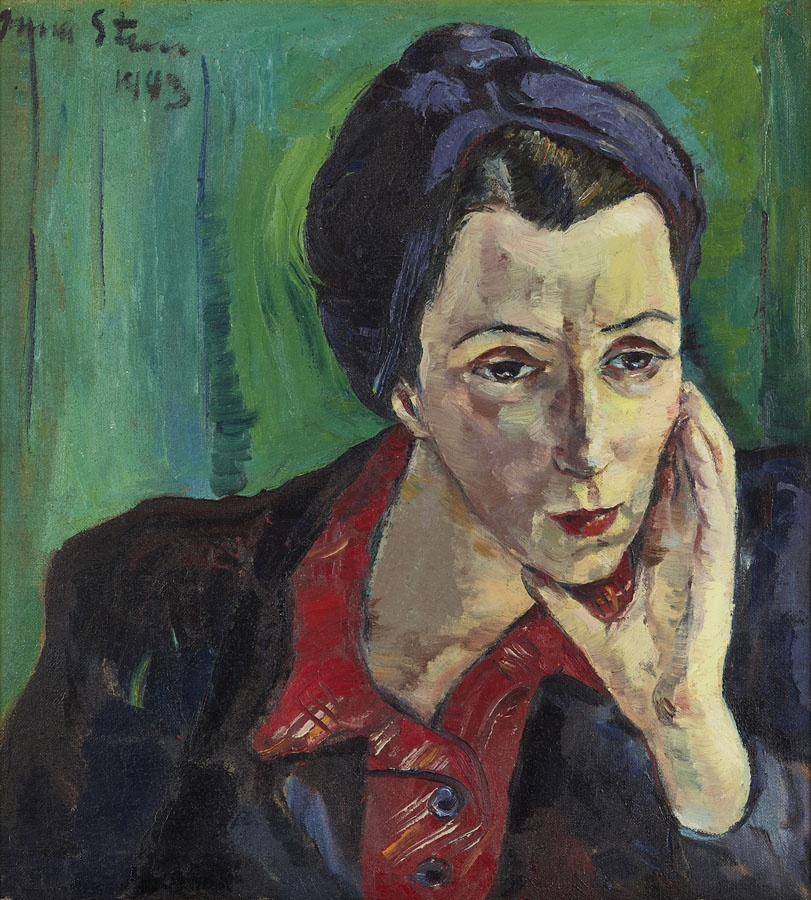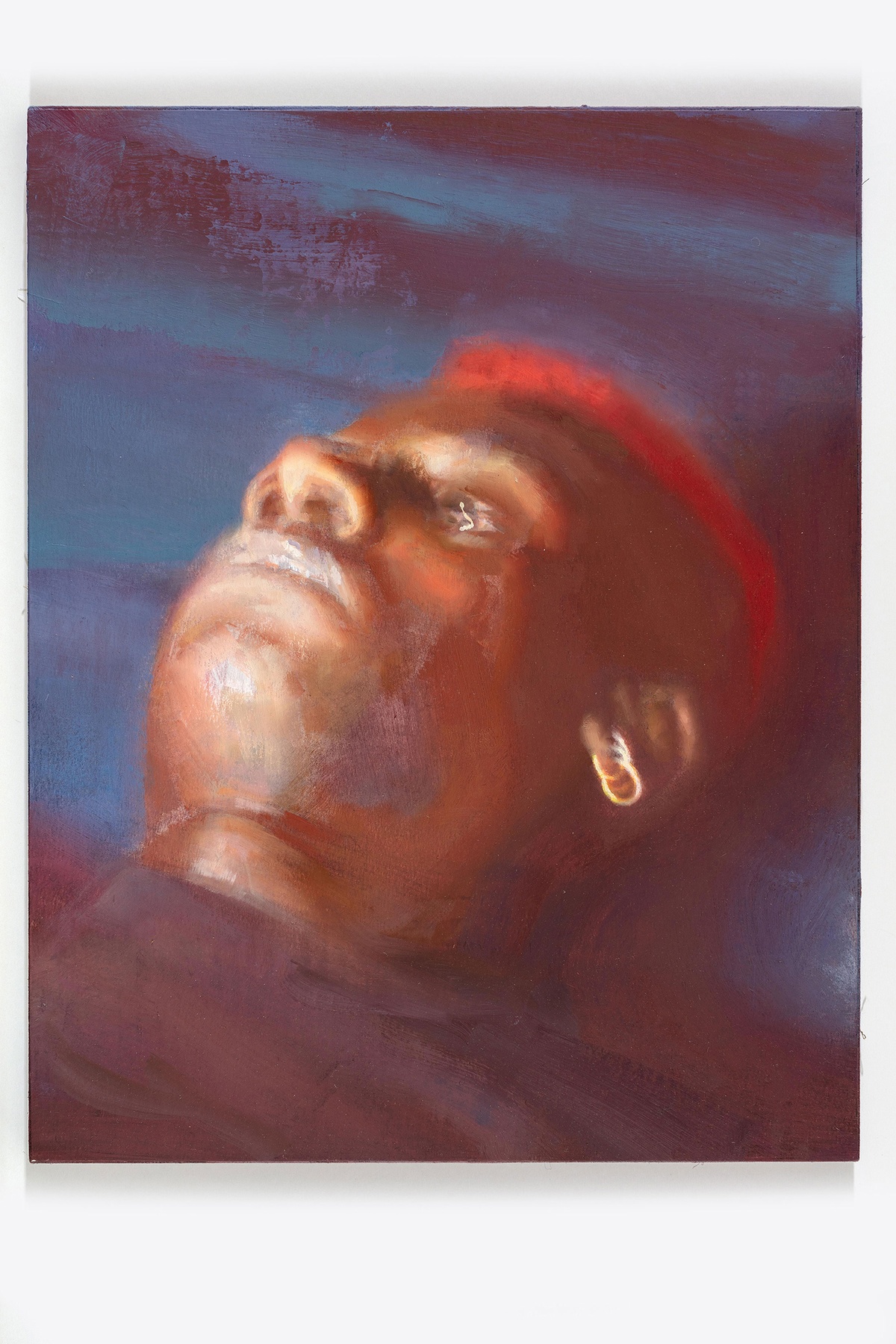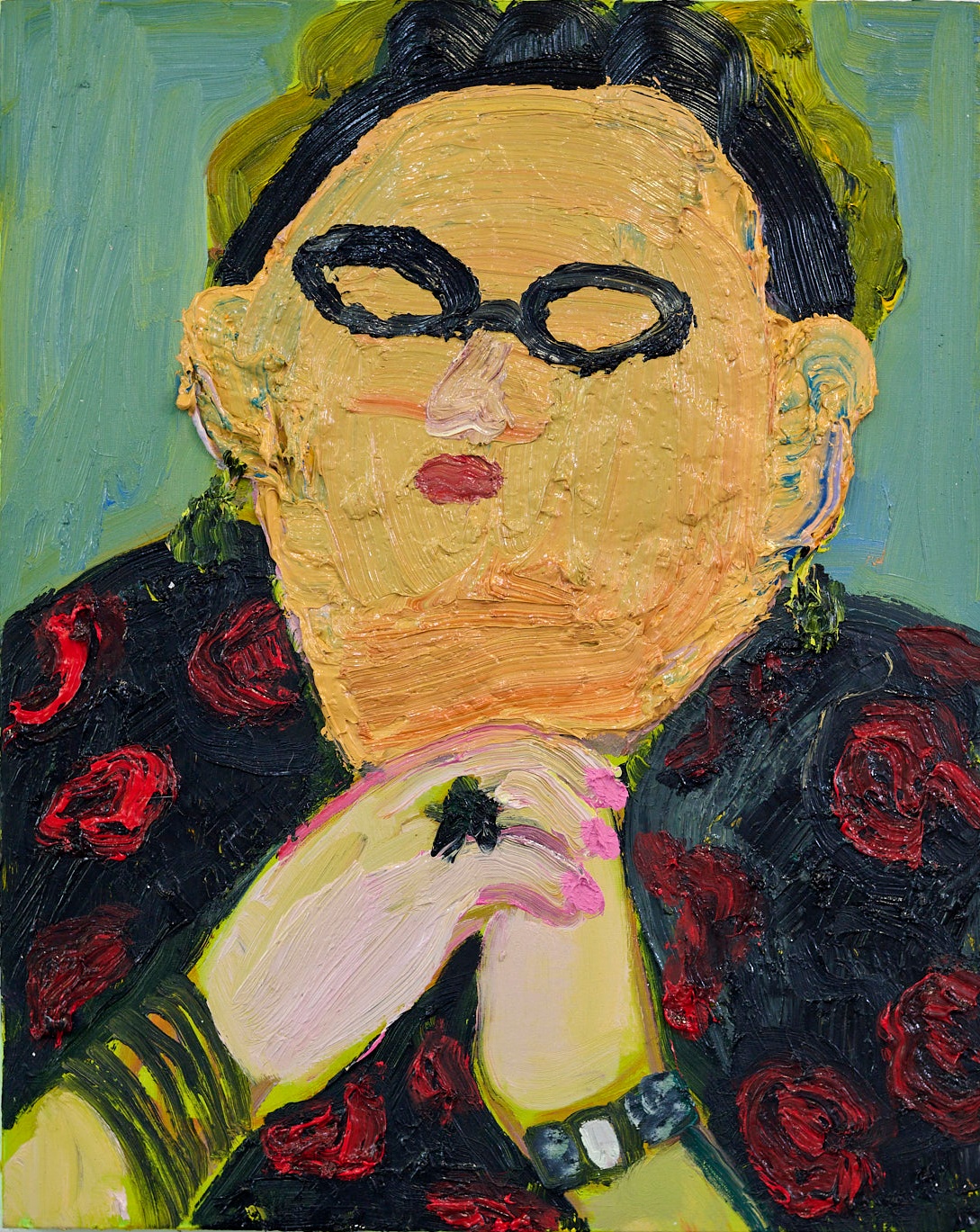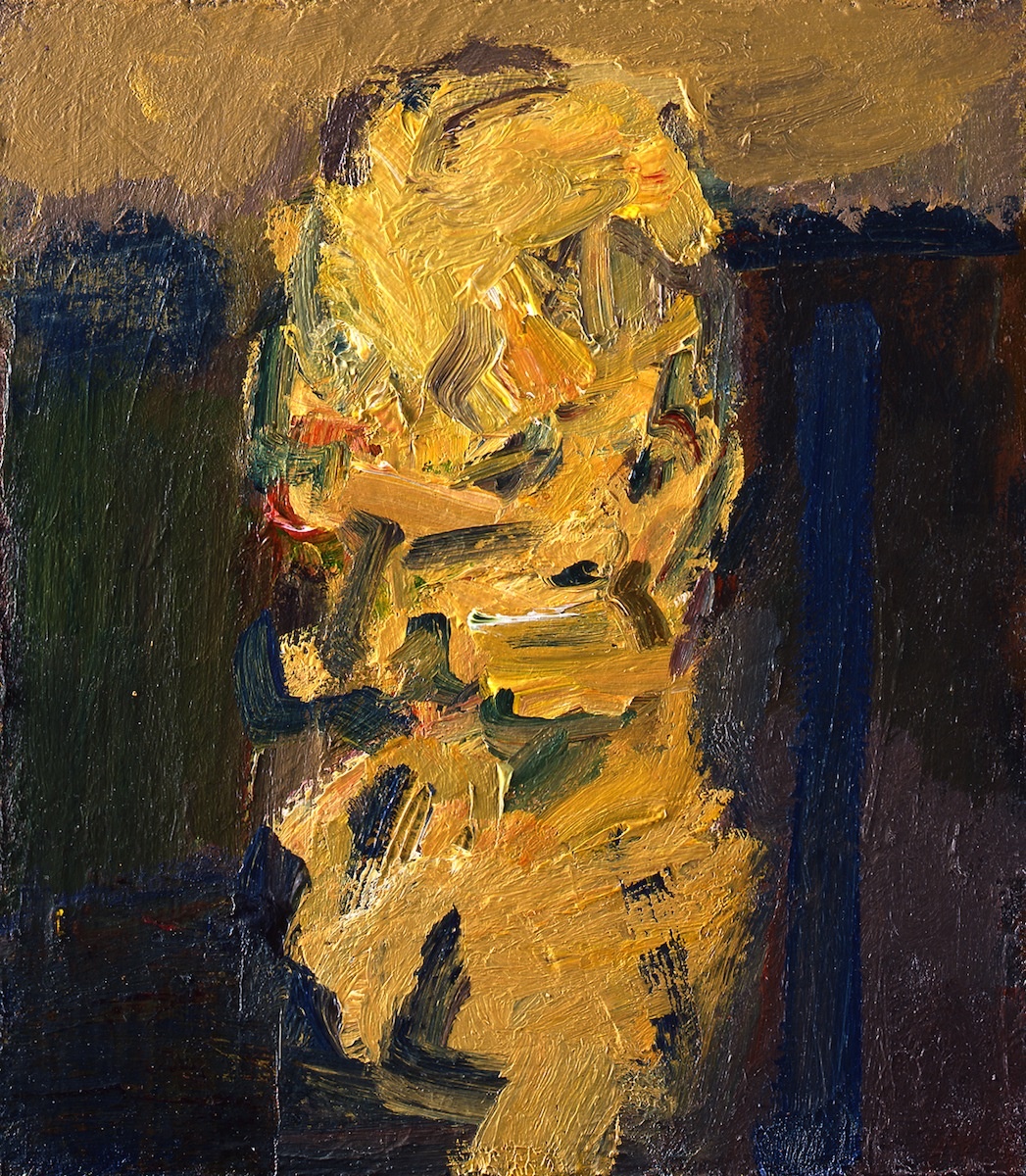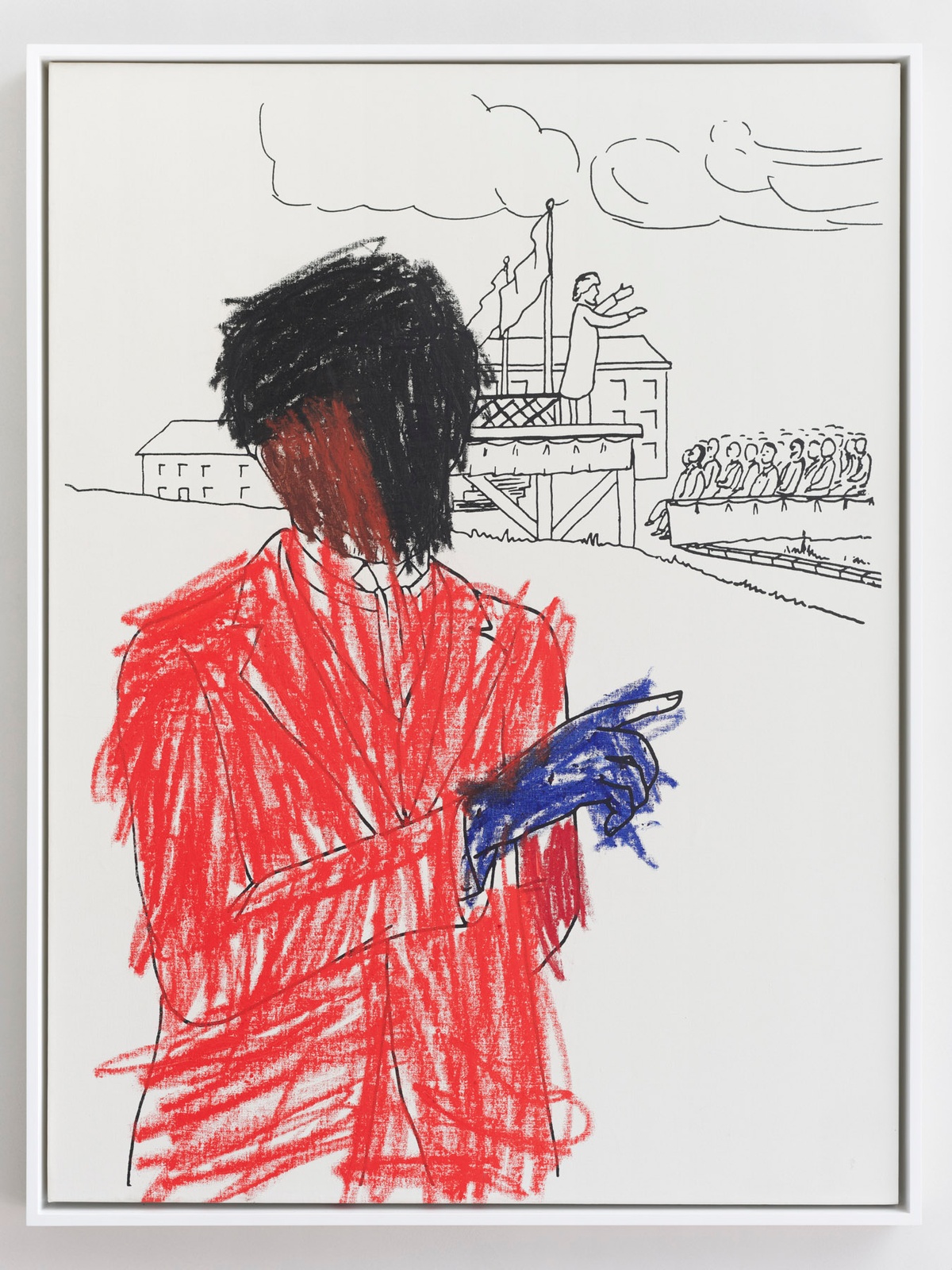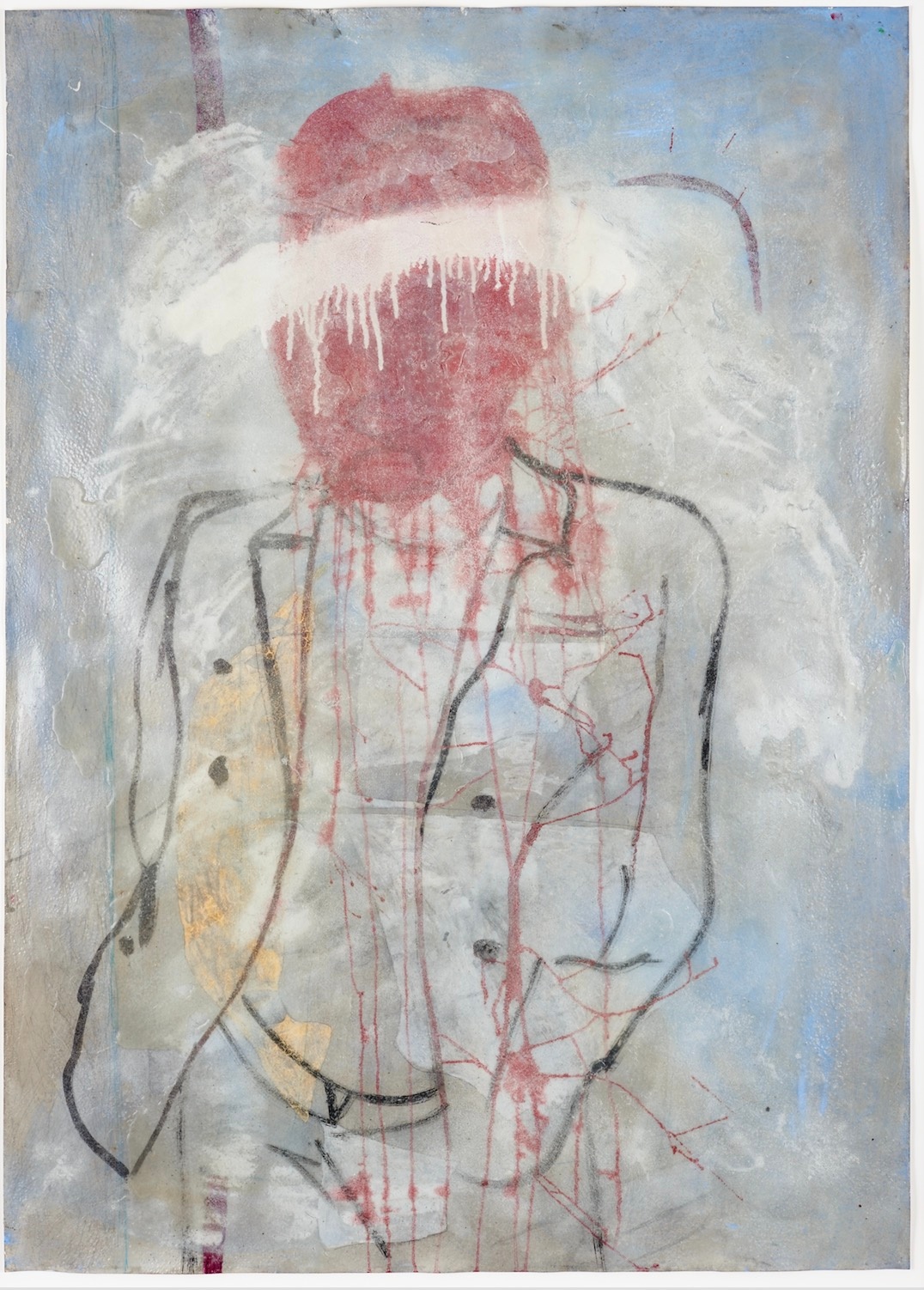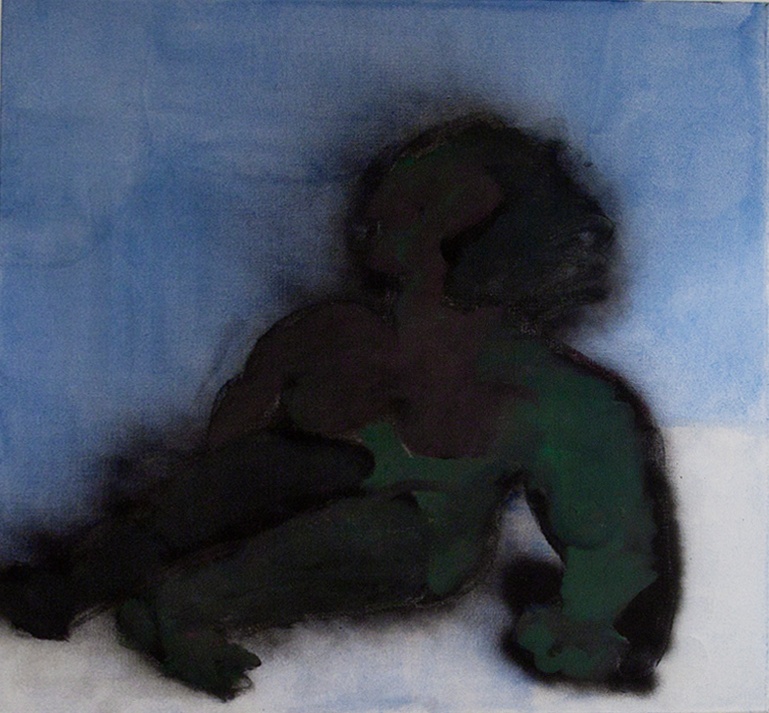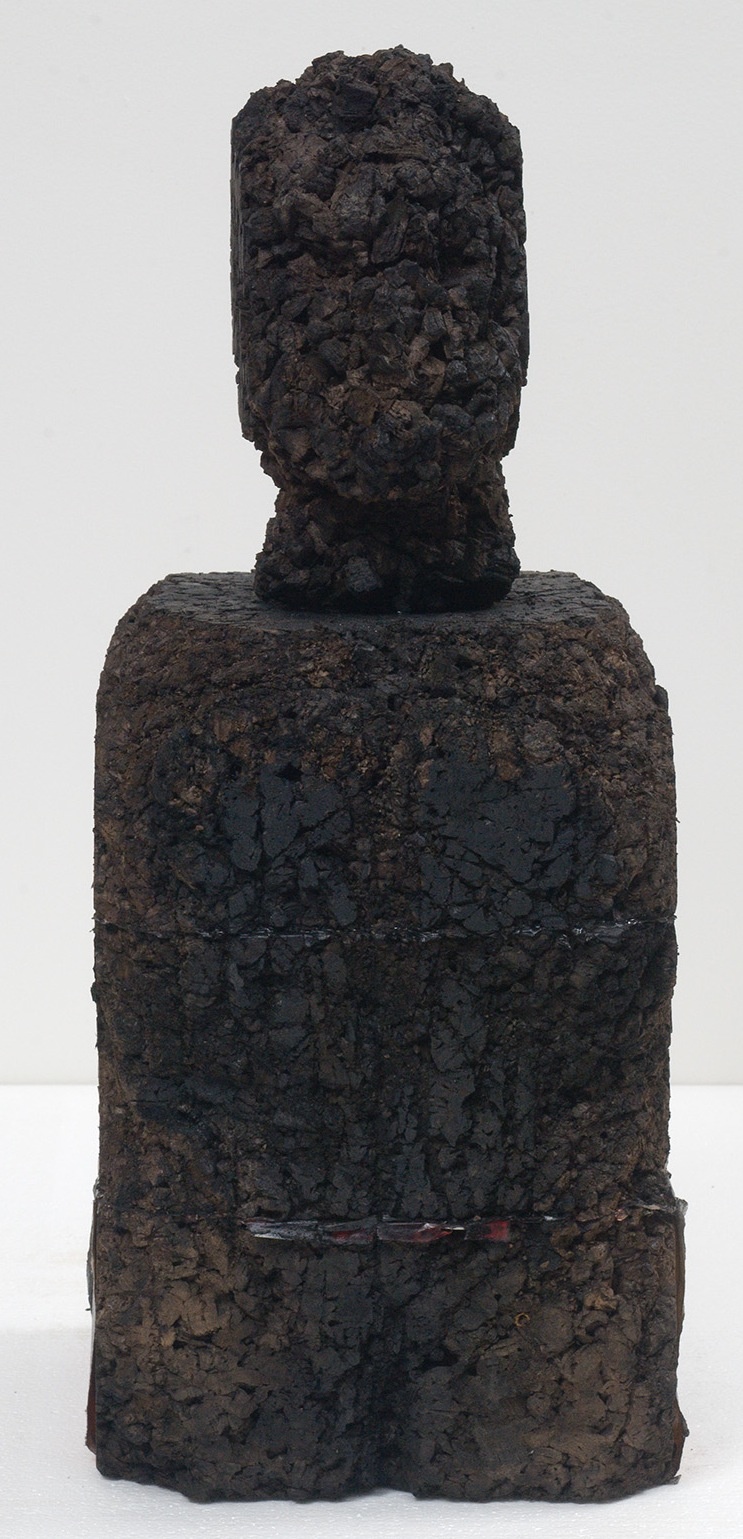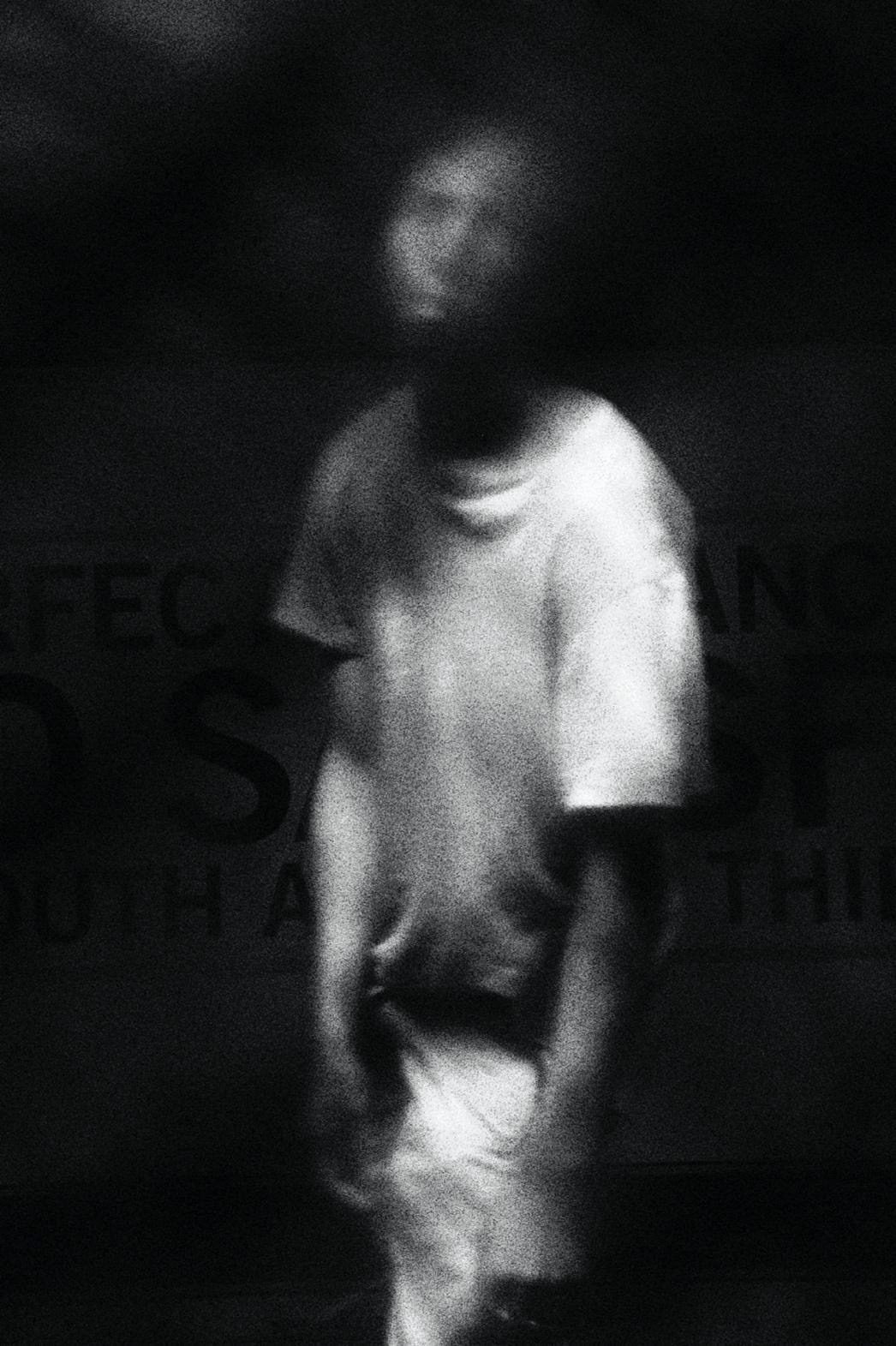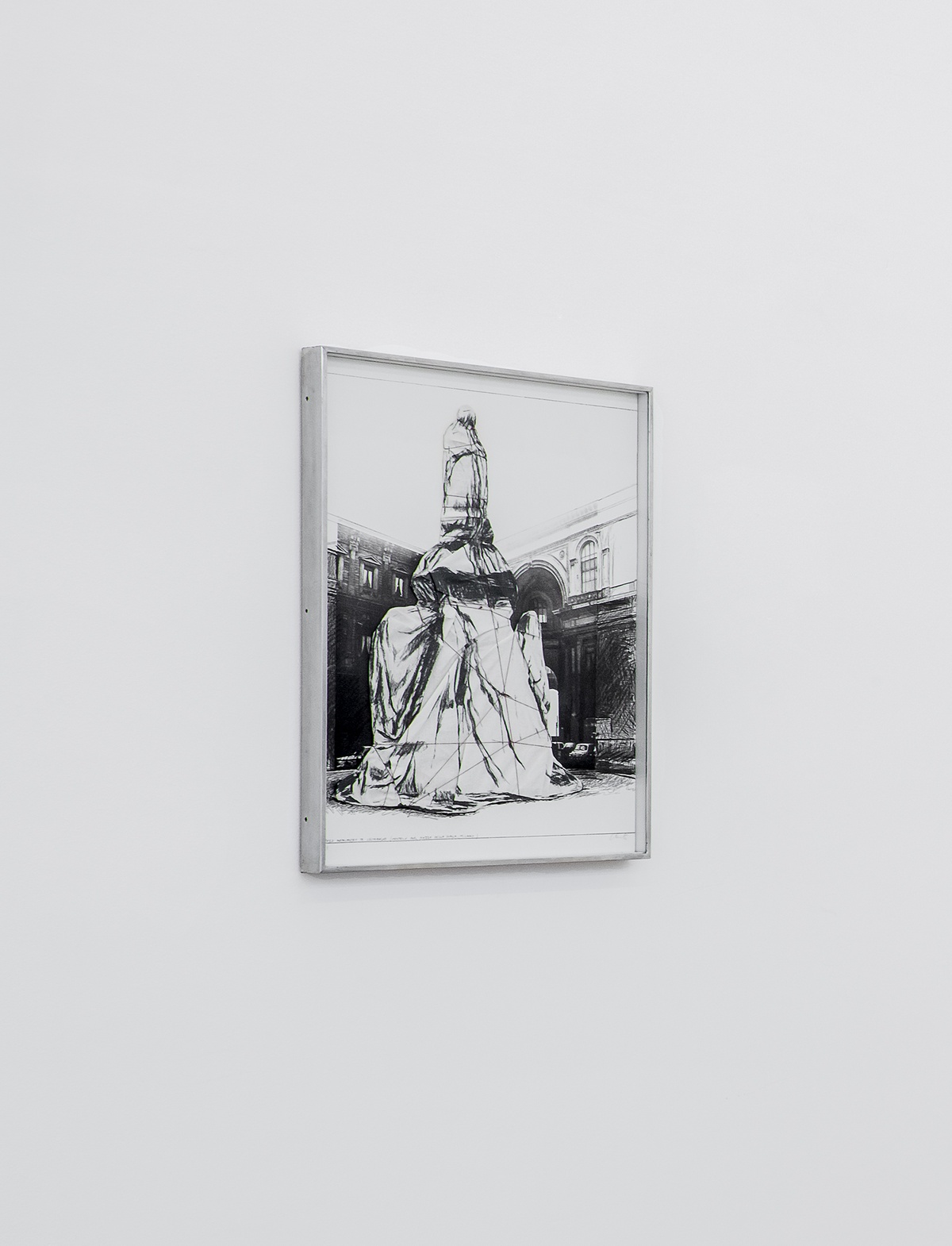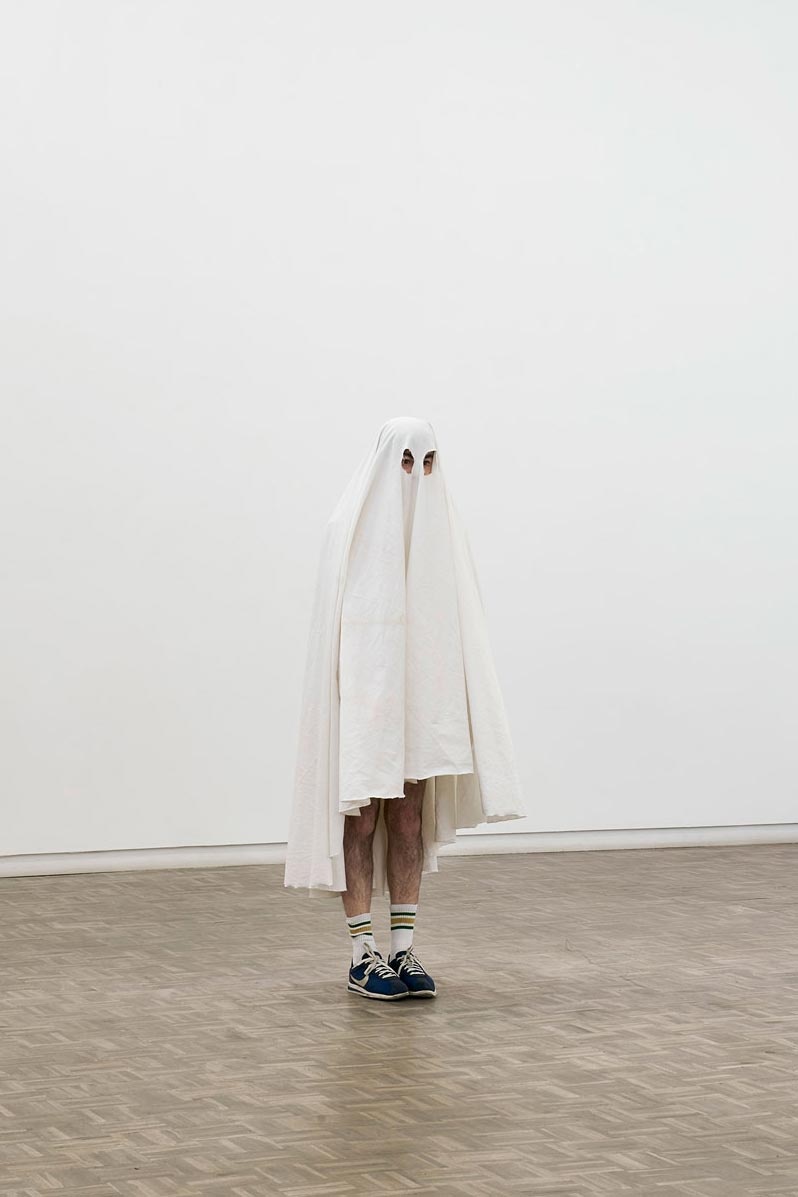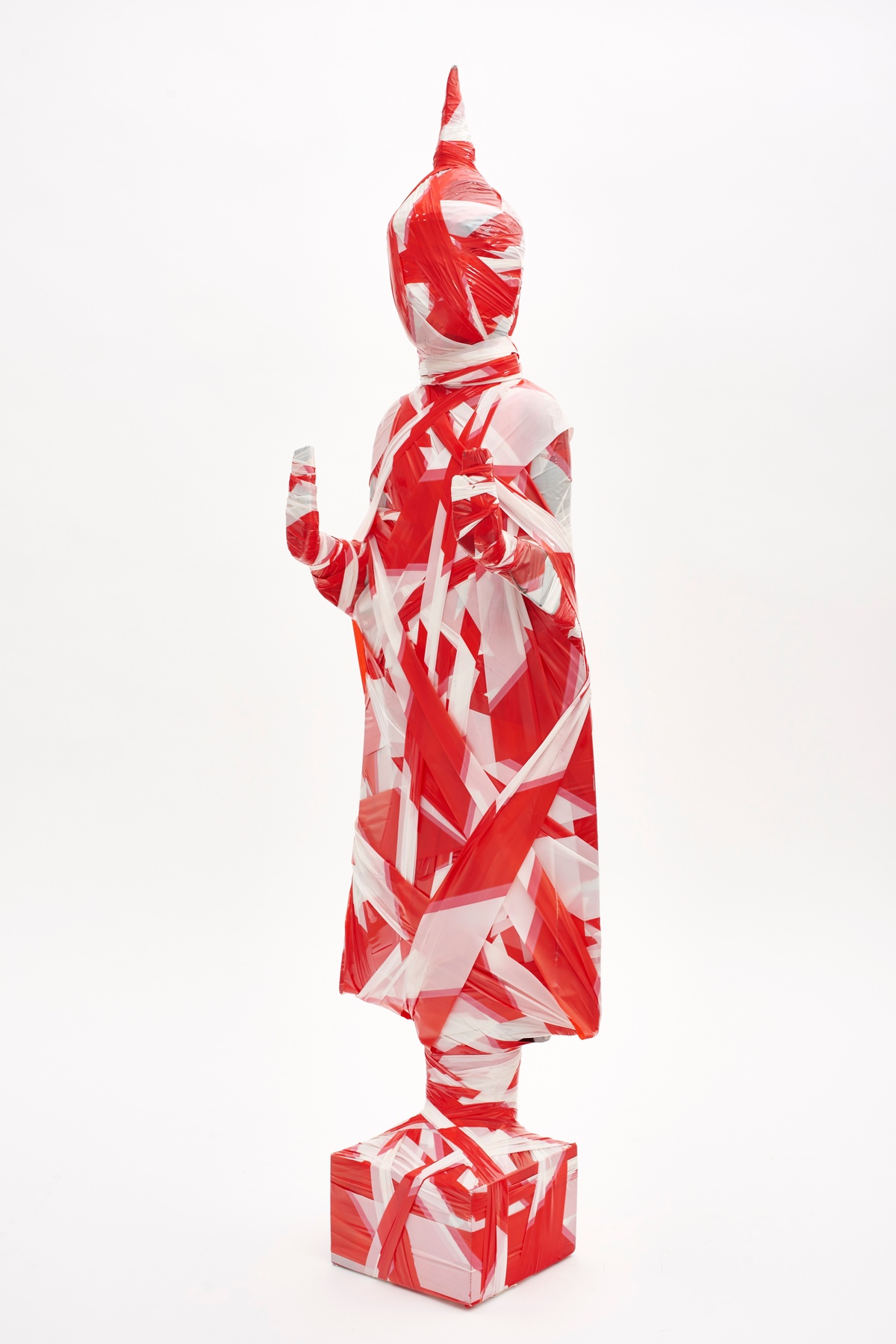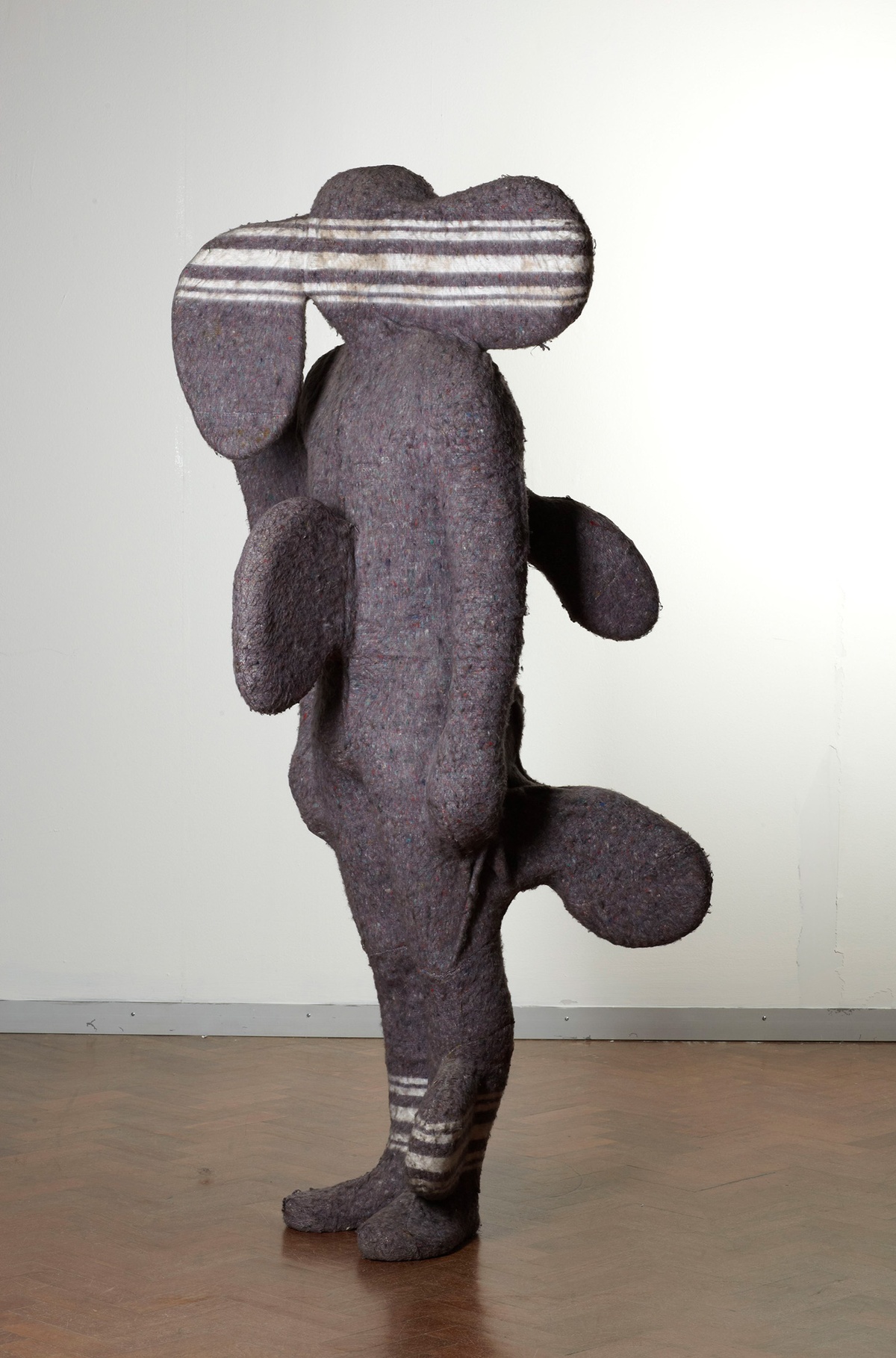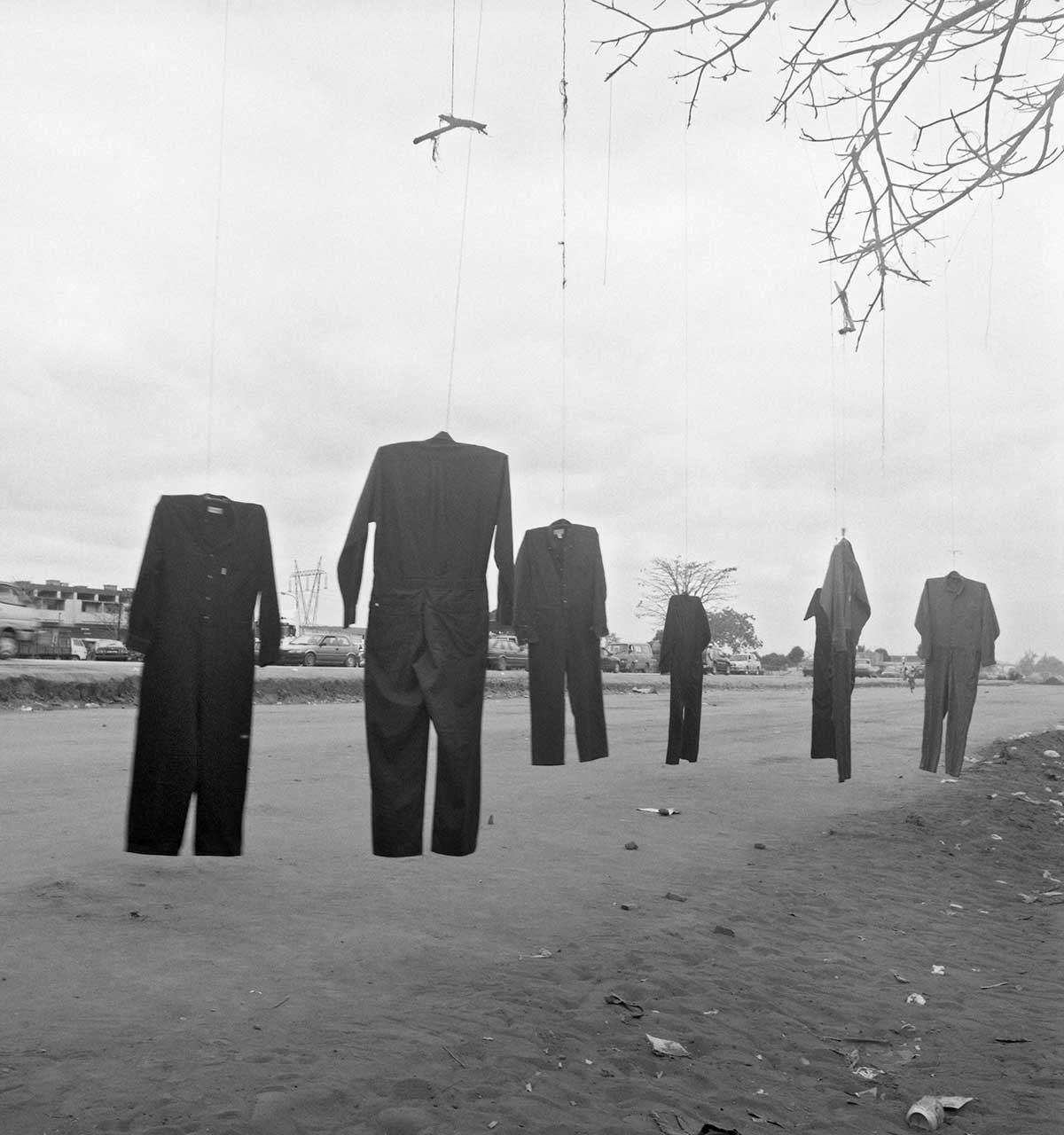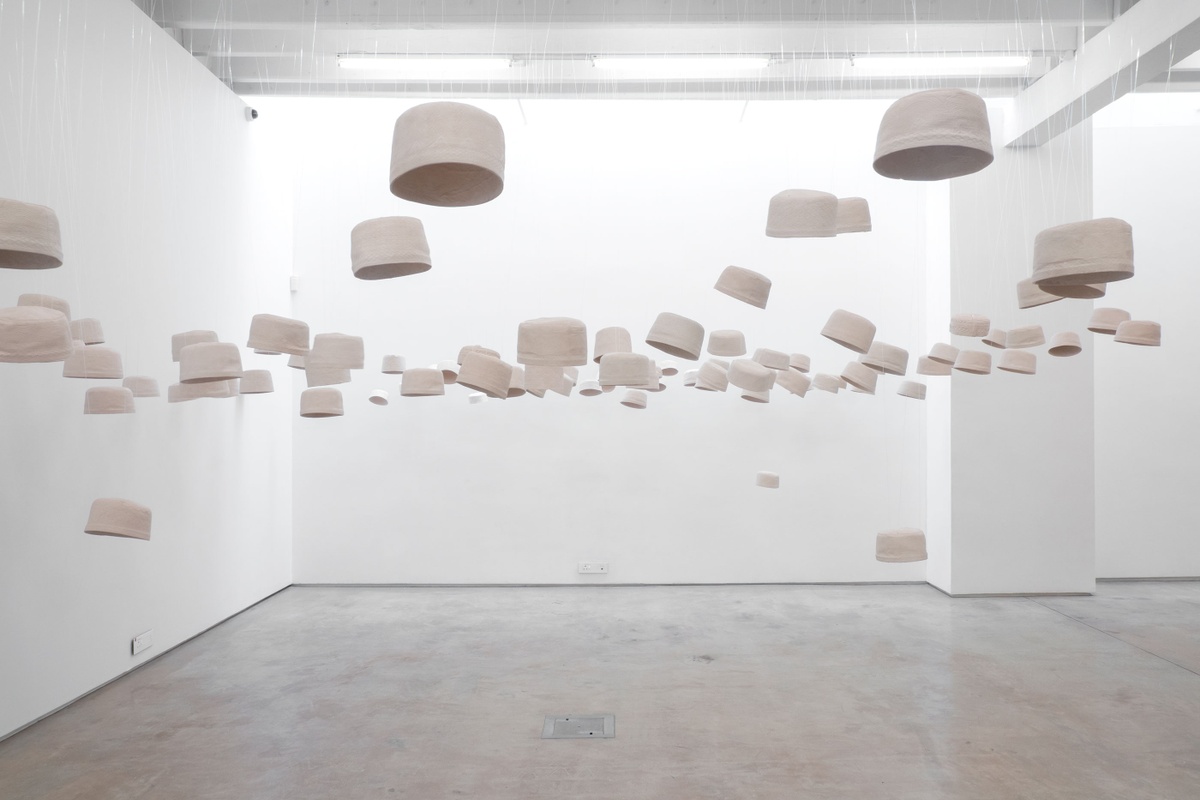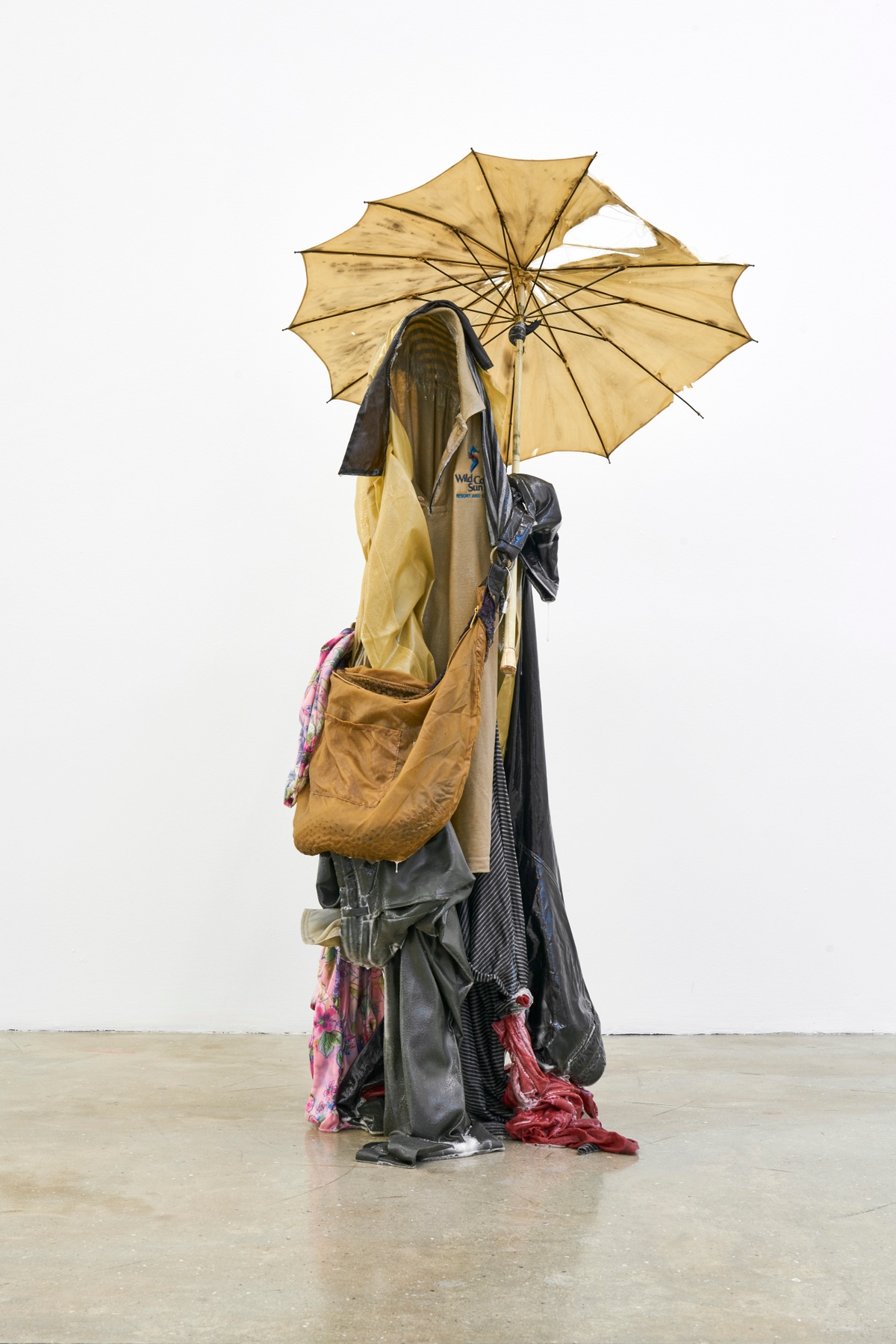Robert Hodgins
b.1920, Dulwich; d.2010, Johannesburg
"For me,” the late Robert Hodgins said, “it is very simple. The act of painting at a particular moment is able, for reasons I neither understand, nor even try to understand, to open up the whole world of my experience, my thinking, my aspirations." It was only after Hodgins retired in the mid-80s, and took up painting full-time, that he established himself as a prominent and prolific artist. His paintings are saturated with the tumult of the time; his career as painter beginning in the final, violent decade of apartheid. His work offers not the didactic figuration of resistance art, but rather a nuanced reflection on all-too-human failings. At once expressive and spare, Hodgins’ paintings lean toward abstraction with an economy of both line and pigment. His painted scenes have about them – as the critic Ivor Powell wrote – an “unbeautiful simplification,” a feeling for abbreviation, for suggestion rather than illustration.

